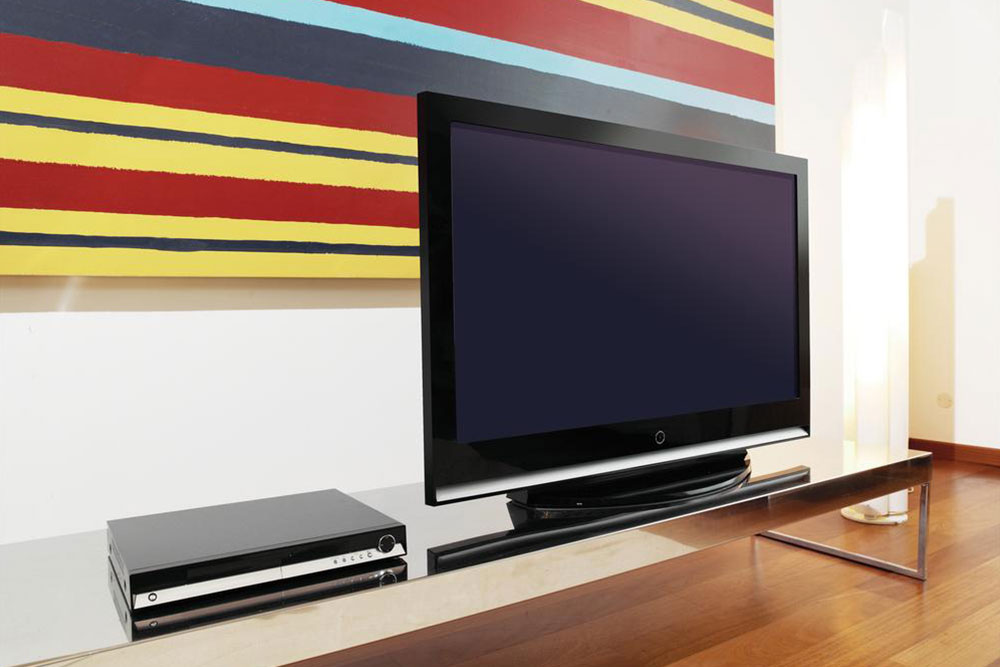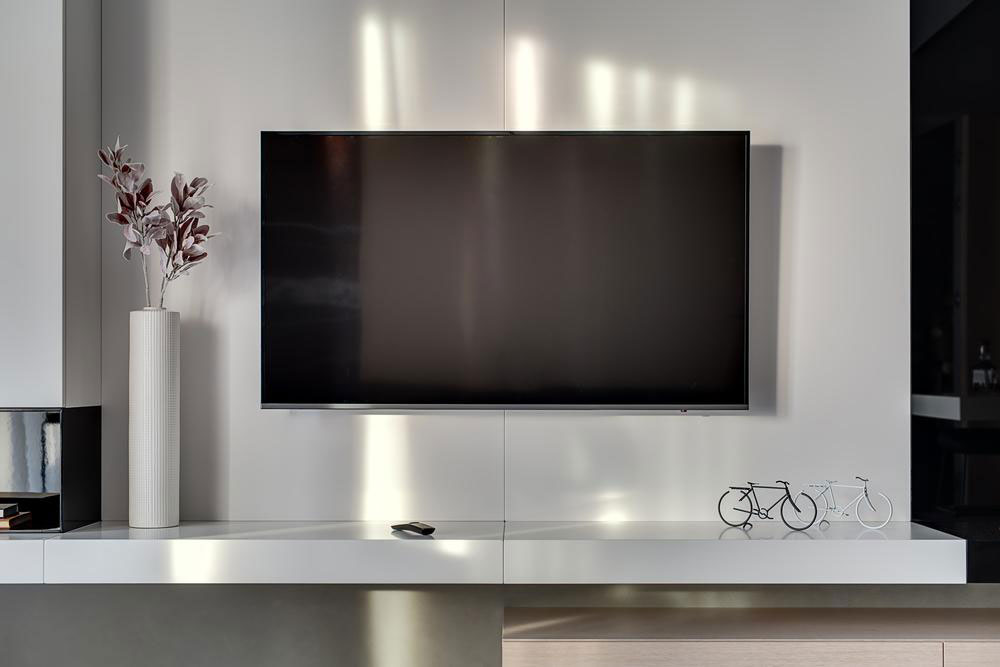Understanding How Television Ratings Are Calculated
This comprehensive guide explains how TV ratings are determined, highlighting key factors like picture quality, sound, features, and availability. It emphasizes the importance of balanced specs and market access in smart TV ranking. Perfect for consumers seeking insights into top-rated televisions and industry trends.

Understanding How Television Ratings Are Calculated
Television has been a source of entertainment and information for over 75 years. Over time, TV technology has evolved from black-and-white screens to color, then LCD, LED, and now smart TVs. Major brands like Samsung, Apple, LG, Sony, Panasonic, TCL, Phillips, and others offer a wide range of smart TVs. Industry experts use various methods to evaluate TV ratings, considering several key factors to determine the popularity and quality of different models.
Key Elements Influencing TV Ratings:
Four main aspects impact TV ratings, outlined below.
Picture Quality The leading factor in TV ratings isn't solely about brand reputation. Local manufacturers also produce competitive models. High-quality picture display, such as in the Vizio M-Series, plays a crucial role in rating a TV.
Audio Performance Sound clarity and quality are vital. For some TVs, external speakers are necessary for optimal sound, while others like the Sony XBR-X930D Series include built-in high-quality speakers.
Features Innovative features like connectivity options and user-friendly interfaces are essential. A TV with excellent picture and sound might still lag if it lacks good features. The Samsung QNQ7F Series exemplifies such advanced features.
Market Availability The final factor is how readily a TV can be purchased. Even top-rated models need to be easily accessible to rank high. Recent leaders include the LG B6-Series, TCL P Series with Roku, and LG's OLED models.
Note: Our blog offers insights across various categories. While our research aims to provide helpful information, readers should view articles as a guide, not definitive. The site is not responsible for discrepancies or missing deals, which could be more advantageous elsewhere.










